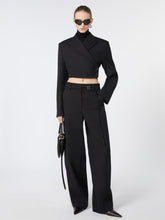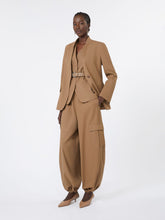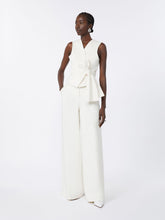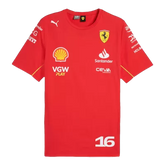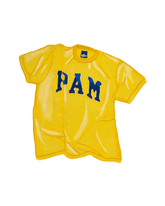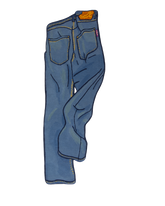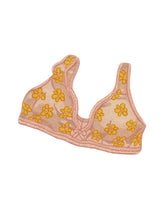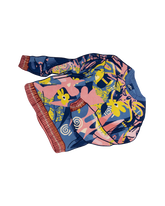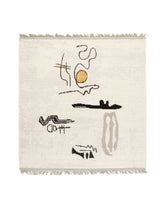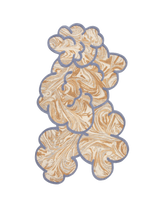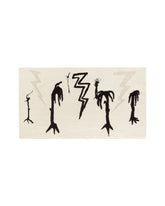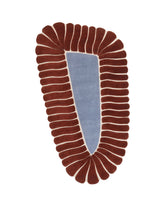From Concept Cloud to Overseas Doorstep – A Full-Chain Look at How Panada Fashion Delivers Apparel
1. Merchandising Is Not a PPT, It’s a Data-Driven Experiment
Inside Panada’s merchandising studio there are no mood-boards—only three live dashboards. The left shows a heat-map of trending keywords from Pinterest, TikTok, and WGSN; the center displays 30-day sleepwear sales on Shopify and Amazon; the right pulls 18 million fit-color-size data points from our own ERP. AI distills 2,400 possible colors into 48 “makeable palettes,” then six buyers and three color psychologists vote to lock 12 seasonal hues.
The storyboard is born: “Moss After Rain,” keywords—healing, soft glow, forest breath. The system auto-generates fabric weight (90-110 g/m²), print-complexity index (0.6), and cost window (USD 8.5-12.3), ensuring the idea is financially viable before it ever leaves the screen.

2. 48-Hour Digital Sample: The First Time a Plan Wears Fabric
Once the concept is approved, CLO-SET 3D generates an avatar in 30 seconds. Pattern makers, engineers, and supply-chain managers co-edit in real time: raise armhole 0.8 cm, narrow hem 1 cm, switch lace appliqué to digital placement print—cost drops 4 %. The cloud-stamped file fires up the digital twin cutter in Nantong; a 1:1 physical sample is ready within 24 hours with ≤ 1 mm tolerance.
During a 4K global try-on, a designer in Milan, a buyer in New York, and an influencer in Los Angeles inspect every seam together. Lines that pass the vote move straight to small-batch flexible production.

3. 80-Piece Magic: MES Turns “Small Orders” into Micro-Batches
Traditional factories balk at 80 pieces; Panada slices them into 20 micro-batches of four pieces each, running in parallel on the same line.
• Module 1: Japanese JUKI auto-cutters slice 60 plies at once, AI vision avoids flaws, boosting yield by 11 %.
• Module 2: Overhead conveyors deliver cut pieces like luggage belts, reducing style-change downtime from 45 min to 7 min.
• Module 3: Digital direct-to-garment + embroidery work simultaneously—one pair of pants leaves the line fully printed and logo-stitched, eliminating a second sewing pass.
Result: 80–500-piece runs ship in 5–7 days without compromising bulk-level quality.

4. Green Passport: Every Garment Carries a QR Conscience
• Yarns: GOTS organic cotton, FSC-certified TENCEL, GRS recycled polyester—each spool is QR-logged.
• Energy: 1.2 MW rooftop solar covers 42 % of electricity; the balance is offshore wind from Jiangsu.
• Carbon: 35 % lower CO₂ per meter versus industry average; ESG reports are auto-generated so clients can paste them straight into their Shopify story.
At customs the passport travels with the carton; consumers scan to see farm GPS, spinning batch, sewing cell, and vessel name.

5. Global Express: Inventory Waiting Before the Ship Arrives
• Ocean: Annual capacity agreements with Maersk and CMA CGM guarantee space during peak season—Shanghai to Los Angeles in 12 days.
• Air: “Sleepwear Express” lanes with DHL and FedEx deliver door-to-door in 72 hours.
• Cloud Warehouses: 300 k best-seller SKUs pre-positioned in Los Angeles, Rotterdam, and Dubai; designers allocate stock with one click, Shopify orders ship within 48 hours.
• Zero Inventory: 3-D presell lets designers show digital samples first, trigger production only after sales prove demand, cutting cash tie-up by 60 %.
6. Client Story: From Google Form to Kickstarter Champion
Shanghai indie label MONSOON dropped a “tie-dye pajama” idea in a Google form. Within 24 hours Panada delivered colorways, costing, and crowdfunding visuals. Fourteen days later 120 units launched on Kickstarter and sold out in 72 hours; a 2,000-piece restock shipped in six days and raised USD 220 k, winning the platform’s “We Love Sleepwear” category. The founder’s verdict: “We create the story; Panada handles everything else.”
Epilogue
At Panada Fashion, merchandising is not the finish line—it’s the on-ramp to a calculable, traceable, and sustainable green highway. Bring the story; we’ll deliver it to wardrobes around the world.

